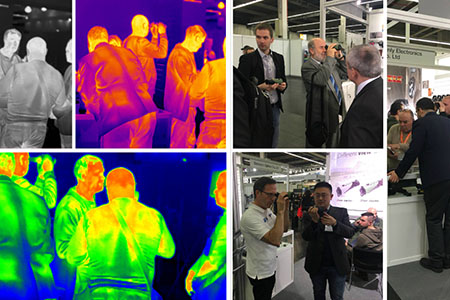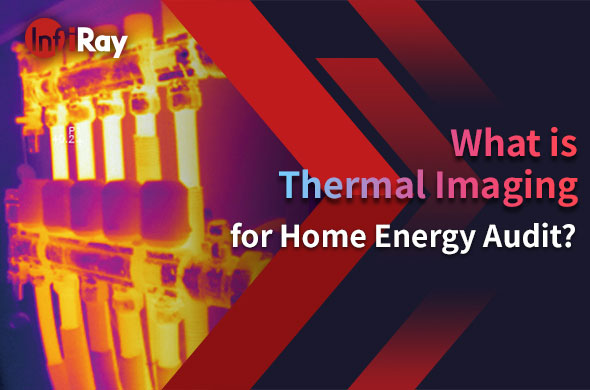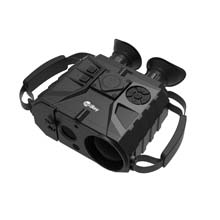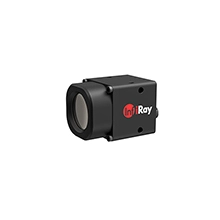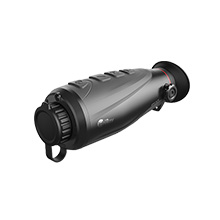5 Reasons for More Efficient Auto Inspections with Thermal Imaging

In today's fast-paced world, efficiency is key, especially when it comes to auto inspections. Traditional methods often take up valuable time and may not detect issues effectively. However, with the advancement of technology, thermal imaging has emerged as a game-changer in the field of auto inspections. In this article, we'll explore five reasons why the thermal imager leads to more efficient auto inspections.
Reason 1: Enhanced Detection Capabilities
One of the primary reasons thermal imaging is so effective in auto inspections is its enhanced detection capabilities. Unlike visual inspections or basic diagnostic tools, thermal imaging can detect subtle temperature variations that may indicate underlying issues. For example, a hot spot on an engine could signal a potential problem with overheating or a malfunctioning component. By identifying these issues early, mechanics can address them before they escalate into costly repairs or breakdowns.
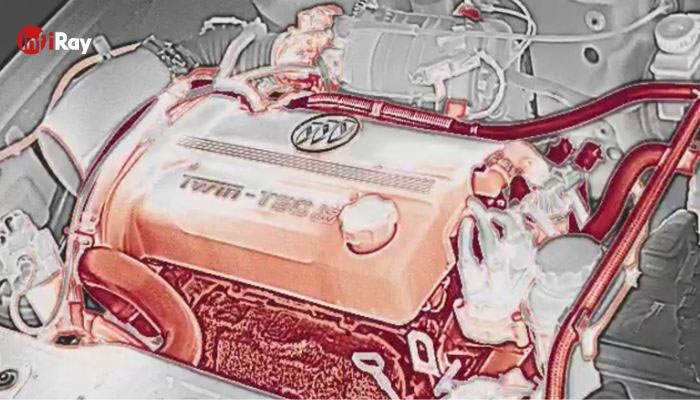
Reason 2: Time Efficiency
Time is of the essence in the automotive industry, and thermal imaging helps save precious minutes during inspections. Unlike traditional methods that may require disassembly or extensive testing, thermal imaging provides instant results. Mechanics can quickly scan key components of the vehicle, such as the engine, brakes, and electrical systems, without having to wait for them to cool down or dismantle them. This streamlines the inspection process, allowing mechanics to service more vehicles in less time.
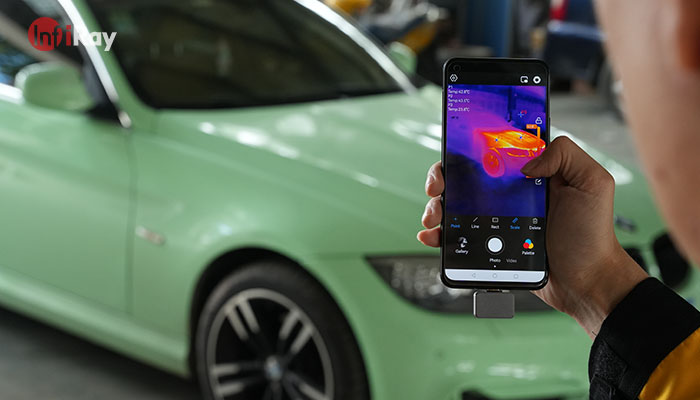
Reason 3: Cost Savings
In addition to saving time, thermal imaging can also lead to significant cost savings for both auto shops and vehicle owners. By identifying potential issues early, mechanics can prevent costly repairs down the line. For example, detecting a minor leak in the cooling system early on could prevent engine damage and the need for a complete overhaul. Additionally, thermal imaging can help avoid unnecessary repairs by pinpointing the exact source of a problem, eliminating guesswork and reducing labor costs.
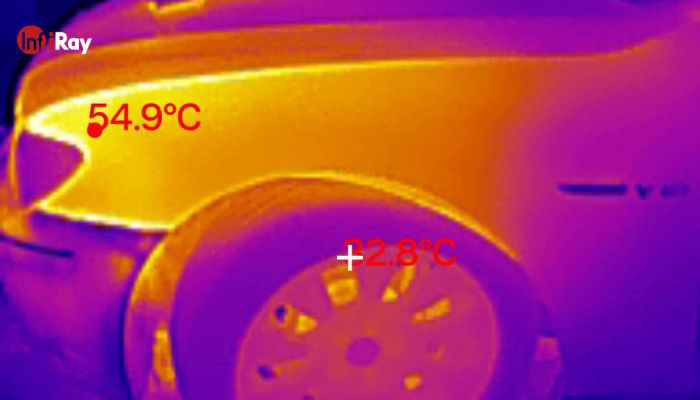
Reason 4: Safety Improvements
Safety is paramount in the automotive industry, and thermal imaging can help improve safety during inspections. By identifying potential hazards, such as overheating components or electrical faults, mechanics can take proactive measures to address them. This not only protects the vehicle and its occupants but also ensures the safety of the mechanics performing the inspection. With thermal cameras, potential safety risks can be identified and addressed before they pose a threat to the vehicle or its occupants.
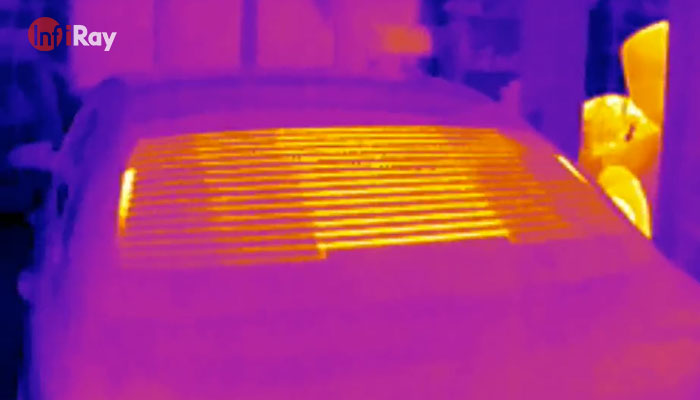
Reason 5: Environmental Benefits
Last but not least, thermal imaging offers environmental benefits by reducing waste and resource consumption. Traditional inspection methods often involve the use of chemicals, such as dyes or solvents, which can be harmful to the environment. In contrast, thermal imaging is a non-invasive technique that requires no additional chemicals or materials. By reducing the need for wasteful practices and minimizing the environmental impact of auto inspections, those cameras help promote sustainability in the automotive industry.
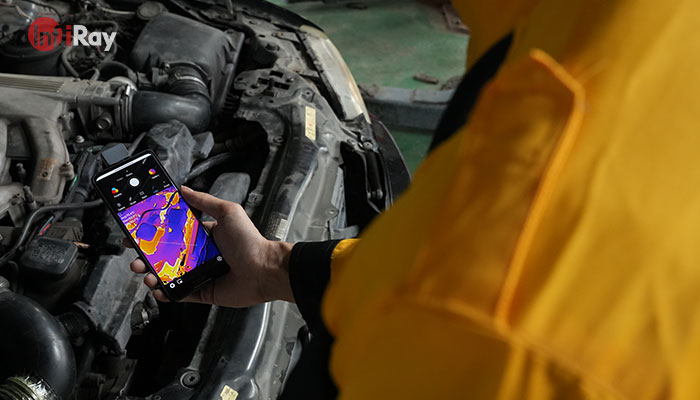
Thermal imaging offers numerous advantages for auto inspections, including enhanced detection capabilities, time efficiency, cost savings, safety improvements, and environmental benefits. By harnessing the power of this technology, auto shops can streamline their inspection processes, reduce costs, and improve overall efficiency. As thermal imaging continues to evolve, its role in the automotive industry is only expected to grow, further revolutionizing the way inspections are conducted.








